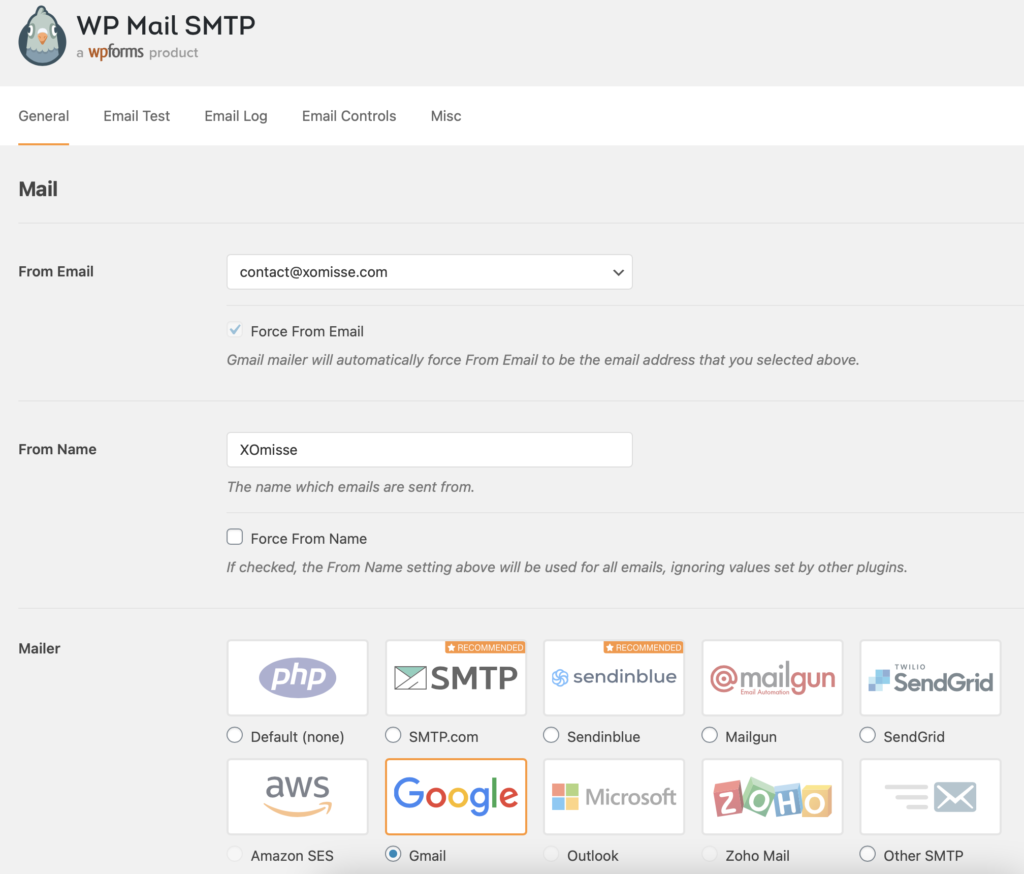A common issue among WordPress users is they suddenly find that their websites are not sending emails correctly or at all.
You may have noticed that you are not getting admin notifications, that your readers or customers are not getting email notifications, or you may have installed a contact form plugin that doesn’t seem to be working.
Why this happens
WordPress comes with built-in feature that uses PHP’s mail function to send out emails. Your web host may not be configured correctly to use this function, or they may have disabled it to prevent it from being exploited by hackers. This can result in your email being marked as spam or failing to send at all. You can use the free Check Email plugin to test if your WordPress installation and web host server can send emails.
How we fix it
If you’ve run the test above and emails aren’t sending from your site at all, we can fix this issue by installing an SMTP Server plugin. SMTP (Simple Mail Transfer Protocol) is the industry standard for sending emails. And unlike the PHP Mail function, it uses proper authentication to improve email deliverability.
These plugins configures your WordPress site to send emails using SMTP instead of the PHP Mail function. There are a number of these plugins available but my go-to is WP Mail SMTP by WPForms. You can use it to connect with popular SMTP services like Gmail, Outlook, Amazon SES, SendinBlue and so on.
Installing the WP Mail SMTP Plugin
First you need to install and active the WP Mail SMTP plugin, which is available for free in the WordPress plugin directory. WP Mail SMTP also offer premium plans [affiliate link] if you need more features.
Then click on WP Mail SMTP in your WordPress dashboard and configure the plugin settings. Here you need to enter the from name and email address, as well as choose a SMTP mailing service for your site.
Using SendinBlue is a popular choice, as they allow you to send up to 300 emails per day for free, but you can use whatever service suits you best. Keep in mind that Google and Outlook may have limitations.
Choose whatever option you prefer and follow the instructions displayed to setup authentication. Once you’re done with the configuration, try the ‘Test Email’ button to ensure that emails are being successfully sent and received.
Need some help with WordPress? I’m available to hire for one-to-one development…


